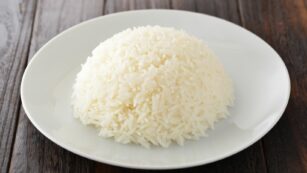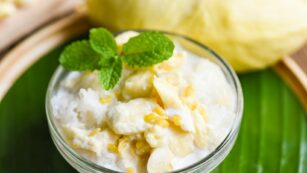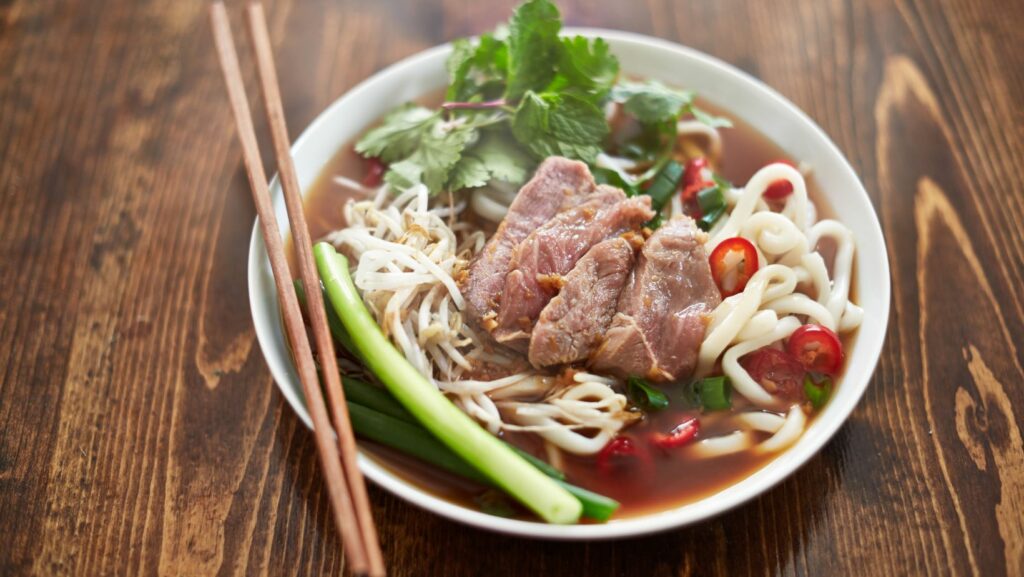
In the vast world of culinary delights, rice stands out not just as a staple but as a versatile canvas for creativity. The exotic rice diet introduces a fascinating variety of grains that go beyond the familiar white and brown rice, diving into the colorful and nutritious options like black rice, red rice, and wild rice. These grains aren’t just pleasing to the eye but are packed with nutrients that can enhance anyone’s diet.
Exotic Rice Diet
Exotic rice varieties enrich diets with diverse flavors and notable health benefits. They serve as excellent alternatives to standard white and brown rice, adding both color and nutritional value to meals.
Origins and Popularity
 Exotic rice types, such as black, red, and wild rice, originate from various parts of the world, including Asia and North America. Historically valued for their unique qualities, these grains are gaining global popularity due to their health benefits and their role in culinary diversity. For instance, black rice, often referred to as “forbidden rice,” was once reserved for Chinese royalty. Its mystical heritage, coupled with its nutritional advantages, contributes to its growing appeal in international markets.
Exotic rice types, such as black, red, and wild rice, originate from various parts of the world, including Asia and North America. Historically valued for their unique qualities, these grains are gaining global popularity due to their health benefits and their role in culinary diversity. For instance, black rice, often referred to as “forbidden rice,” was once reserved for Chinese royalty. Its mystical heritage, coupled with its nutritional advantages, contributes to its growing appeal in international markets.
Varieties of Exotic Rice
Different types of exotic rice offer distinct tastes and health advantages. Black rice, known for its deep, purplish-black color, contains high levels of anthocyanins, antioxidants that are linked to improved heart health. Red rice, with its nutty flavor and chewy texture, boasts a high fiber content, beneficial for digestive health. Wild rice, which isn’t technically rice but a grass, offers a robust, earthy flavor and is rich in protein and fiber. These varieties not only enhance the visual appeal of dishes but also provide substantial health benefits, supporting a nutritious diet.
Health Benefits of the Exotic Rice Diet
Nutritional Value
 Exotic rice varieties are renowned for their exceptional nutritional profiles. Black rice, for instance, is not only rich in antioxidants but also serves as a good source of fiber and protein. It contains high levels of anthocyanins, which combat oxidative stress within the body. Red rice offers a good dose of magnesium, which aids in energy production and bone development, along with selenium, important for thyroid hormone production. Wild rice, recognized for its high protein content compared to other rice varieties, also boasts a rich supply of B vitamins, manganese, zinc, and potassium. These nutrients contribute significantly to energy metabolism and overall cellular health.
Exotic rice varieties are renowned for their exceptional nutritional profiles. Black rice, for instance, is not only rich in antioxidants but also serves as a good source of fiber and protein. It contains high levels of anthocyanins, which combat oxidative stress within the body. Red rice offers a good dose of magnesium, which aids in energy production and bone development, along with selenium, important for thyroid hormone production. Wild rice, recognized for its high protein content compared to other rice varieties, also boasts a rich supply of B vitamins, manganese, zinc, and potassium. These nutrients contribute significantly to energy metabolism and overall cellular health.
Diet and Digestive Health
Incorporating exotic rice into one’s diet can beneficially impact digestive health due to its high fiber content. Fiber aids in the smooth operation of the gastrointestinal tract, helps regulate blood sugar levels, and can prevent the occurrence of digestive disorders. Red rice, with its high fiber density, supports bowel regularity and contributes to gut health. Additionally, the fiber in wild rice helps lower cholesterol levels and promotes a feeling of fullness, which can aid in weight management. The incorporation of these grains into meals ensures a rich, satisfying experience, and their dietary fibers play a crucial role in sustaining long-term digestive wellness.
By integrating these exotic varieties into one’s diet, one discovers not only rich, unique flavors but also various health benefits that support overall well-being and digestive health.
Preparing Exotic Rice Dishes
Selecting the Right Variety
 Selecting the appropriate rice variety depends on the desired flavor and nutritional benefits. Black rice, known for its distinct earthy taste and high antioxidant levels, enhances both savory and sweet dishes. For dishes that require a nutty flavor, red rice serves as the perfect base, offering high fiber content. Wild rice, characterized by its long and slender grains, adds a robust texture to any meal and packs a substantial protein punch.
Selecting the appropriate rice variety depends on the desired flavor and nutritional benefits. Black rice, known for its distinct earthy taste and high antioxidant levels, enhances both savory and sweet dishes. For dishes that require a nutty flavor, red rice serves as the perfect base, offering high fiber content. Wild rice, characterized by its long and slender grains, adds a robust texture to any meal and packs a substantial protein punch.
Cooking Techniques
Cooking exotic rice requires specific techniques to maximize their unique textures and flavors. For black rice, soaking it for at least an hour reduces cooking time and enhances its natural nuttiness. A ratio of one part rice to two parts water is optimal. Red rice benefits from a slow cooking process to soften its fibrous grains, typically simmering in three parts water to one part rice. For wild rice, using four parts water to one part rice and simmering for up to 45 minutes ensures fully cooked grains that burst open, revealing their tender inside.


